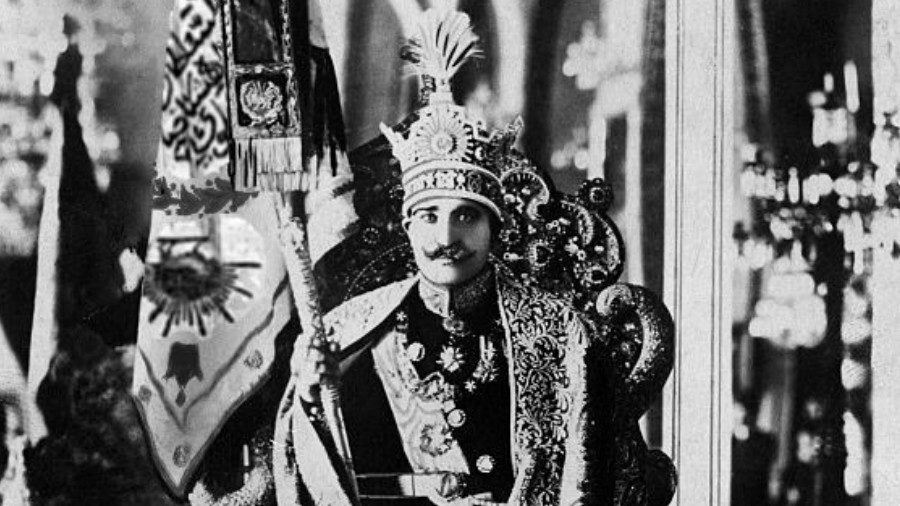OF THE
TIMES
My recollection is in earlier communications a few weeks ago - maybe a month or so - Egypt put out word to Israel that there will be consequences...
How many times have we heard "all wars are bankers wars"? I guess not all bankers wars are military wars. Some are wars of poverty and starvation....
US says Isreals use of weapons may have violated international law, yet still continues to give Isreal the same weapons. Fixed it.
Mmm….. the daily mail, even the paper itself drips, sarcasm and lies! It was proven within three months of its rollout that it causes blood clots....
No doubt about it, it was crimes against humanity, by Israel American and english leadership. The supply of weapons to Israel after the ICJ ruling...
To submit an article for publication, see our Submission Guidelines
Reader comments do not necessarily reflect the views of the volunteers, editors, and directors of SOTT.net or the Quantum Future Group.
Some icons on this site were created by: Afterglow, Aha-Soft, AntialiasFactory, artdesigner.lv, Artura, DailyOverview, Everaldo, GraphicsFuel, IconFactory, Iconka, IconShock, Icons-Land, i-love-icons, KDE-look.org, Klukeart, mugenb16, Map Icons Collection, PetshopBoxStudio, VisualPharm, wbeiruti, WebIconset
Powered by PikaJS 🐁 and In·Site
Original content © 2002-2024 by Sott.net/Signs of the Times. See: FAIR USE NOTICE

Reader Comments
to our Newsletter